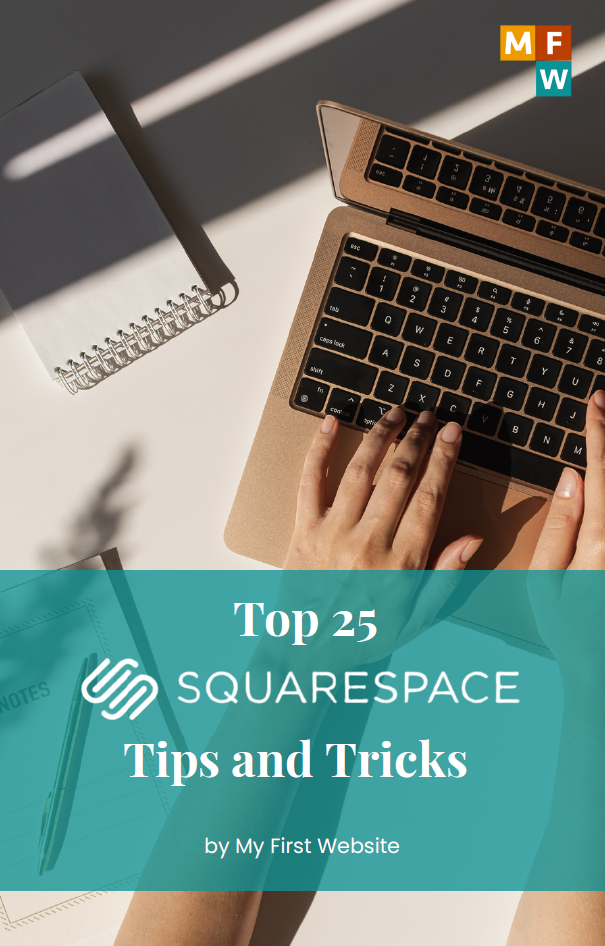If you consider your WordPress site your home, security threats are various ways intruders can break in. Just as you wouldn’t leave your doors unlocked, you shouldn’t leave your website unprotected. In 2024, ensuring your WordPress site is secure is more crucial than ever as cyber threats evolve and become more sophisticated. Let’s explain how to protect your WordPress site from common security threats.
Understanding the Importance of WordPress Security
Security for your WordPress site is not just about protecting your content; it’s about safeguarding your site visitors’ data, maintaining your business’s reputation, and ensuring uninterrupted service. A breach can lead to stolen data, malware injected, or a complete site shutdown. These outcomes can harm your brand’s trustworthiness and potentially lead to financial loss.
Common WordPress Security Threats in 2024
- Brute Force Attacks
Brute-force attacks are cybersecurity breaches in which malicious actors use automated programs to try many guesses to gain unauthorized access to a website or online platform. These attacks can put sensitive information and digital assets at risk. You can prevent these attacks by using strong passwords and two-factor authentication. It’s essential to implement these preventive measures to ensure your online security.
- SQL Injections
Hackers can exploit your website’s database vulnerabilities to manipulate and compromise sensitive data. This can include creating, reading, updating, or deleting data. Protect your website from these attacks with solid security measures.
- Cross-Site Scripting (XSS)
XSS attacks inject harmful scripts into your web pages, harming users who visit your site. It’s like receiving a dangerous note in your mailbox that harms anyone who reads it.
- Software Vulnerabilities
It’s crucial to keep your WordPress site up-to-date as outdated themes, plugins, and even the WordPress core can have vulnerabilities that hackers can exploit to gain unauthorized access and compromise your site. Therefore, ensuring that your site runs on the latest component versions is essential to prevent any security breaches.
- DDoS Attacks
A Distributed Denial of Service (DDoS) attack is a malicious attempt to disrupt the normal traffic of a targeted website, server, or network by overwhelming it with traffic from multiple sources. The aim of this attack is to render the targeted system inaccessible to its intended users, harming the organization’s reputation, revenue, and overall productivity.
How to Protect Your WordPress Site
Step 1: Keep Everything Updated
Just as you’d repair a broken window to keep thieves out, you should regularly update your WordPress core, themes, and plugins. Developers frequently release updates to fix bugs and patch security vulnerabilities.
Action Points:
- Set your WordPress to automatically or manually update it whenever a new version is released.
- Regularly check for updates on your themes and plugins.
Step 2: Use Strong Passwords and User Permissions
Using a robust and unique password is like having a high-quality lock on your door. Additionally, limiting user permissions prevents unauthorized staff or contributors from making critical changes to your site.
Action Points:
- Use long, random passwords, and use a mix of characters.
- Limit the number of login attempts to prevent brute-force attacks.
- Only give administrative access to those who genuinely need it.
Step 3: Implement Security Plugins
Installing a security plugin is like installing a security system in your home. It can block brute-force attacks, detect malware, and keep your site secure.
Action Points:
- Install reputable security plugins like Wordfence or Sucuri.
- Configure settings according to your security needs.
Step 4: Enable HTTPS/SSL
SSL certificates encrypt the data exchanged between your user’s browser and server, making it unreadable to anyone who might intercept it. It’s similar to sending your mail in a locked box instead of an open envelope.
Action Points:
- Obtain an SSL certificate from your hosting provider.
- Ensure your entire site is accessed via HTTPS, not just your login page.
Step 5: Regularly Back Up Your Site
Regular backups ensure that you won’t lose everything if your site gets compromised. Think of it as having insurance for your site.
Action Points:
- Set up automated backups daily or weekly, depending on how often you update your site.
- Store backups in a secure location on your server.
Step 6: Harden Your WordPress Security
This involves adding layers of security measures to make it harder for attackers to breach your site.
Action Points:
- Disable file editing via the WordPress dashboard.
- Hide your WordPress version number to make it harder for hackers to find vulnerabilities.
- Change the default “wp-admin” login URL to something unique.
Step 7: Monitor and Audit Your Site Regularly
Check your site regularly for unusual activities. It’s like regularly checking your home for signs of a break-in.
Action Points:
- Use tools like Google Analytics to monitor unusual traffic spikes.
- Review user activity logs if you have multiple users.
Conclusion
Protecting your WordPress site from common security threats requires diligence and ongoing effort. By taking proactive steps to secure your site, you can significantly reduce the risk of cyber threats and ensure that your site remains a safe environment for you and your visitors. Stay vigilant, stay updated, and remember, the best defense is a good offense.
Ready to Upgrade Your Website?
If you’re inspired to start or upgrade your WordPress website, we’re here to help. Check out our website for more deals and claim our Free Website Setup.







